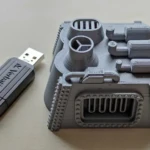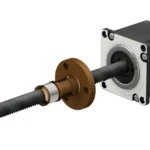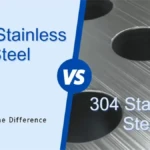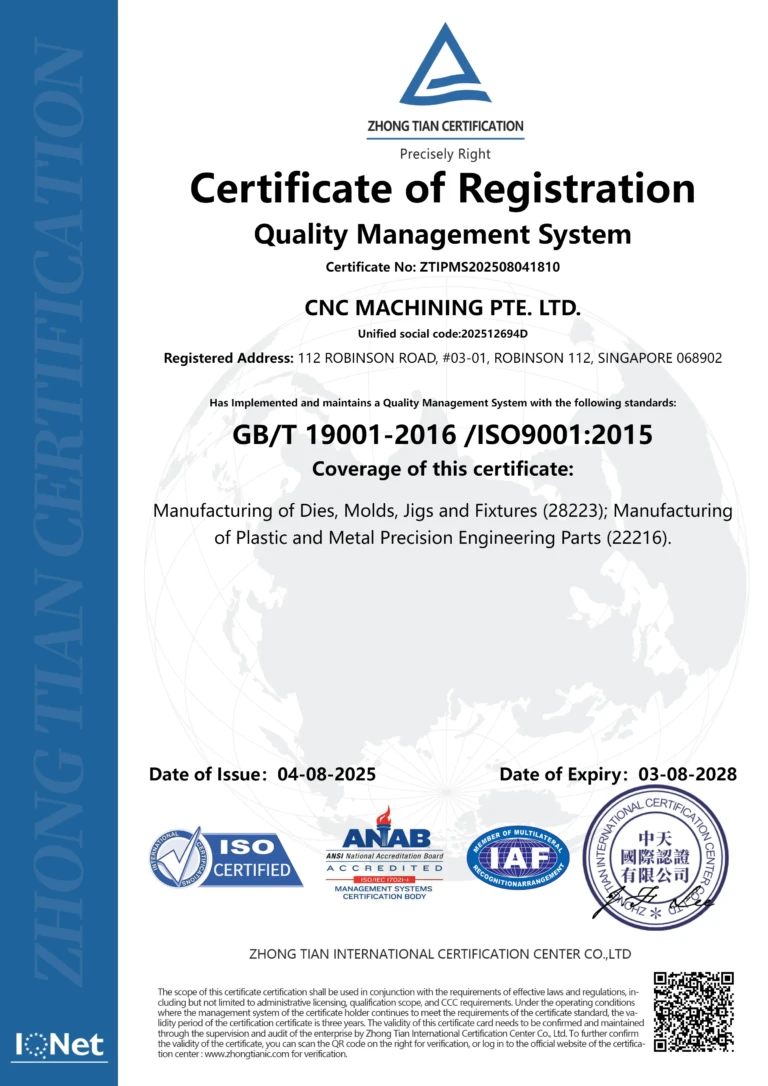When it comes to keeping your Miller welder in top shape, the quality of replacement parts can make or break your workflow. Miller Welder Parts are celebrated for their reliability and performance, but how these parts are made—whether through CNC machining or traditional methods—plays a pivotal role in their effectiveness. In this in-depth guide, we’ll explore why CNC machining is revolutionizing the replacement process for Miller Welder Parts, comparing it to traditional approaches across precision, customization, durability, and heavy-duty performance. We’ll also spotlight how Great Light, a premier 5-axis CNC machining factory, delivers tailored solutions for welders seeking peak efficiency.
Optimized for search intent and packed with actionable insights, this post dives into the nitty-gritty of precision CNC fabrication for Miller welders, custom CNC machined Miller welder components, and more. Let’s break it down.
Understanding CNC Machining vs. Traditional Methods
Before diving into specifics, let’s clarify the two manufacturing approaches at play.
- CNC Machining: This stands for Computer Numerical Control machining, where advanced software directs cutting tools to shape materials with pinpoint accuracy. Think of it as a high-tech sculptor that follows a digital blueprint to craft parts down to microns.
- Traditional Methods: These encompass manual machining, casting, or forging—techniques that rely heavily on human skill or basic molds. While effective for simpler components, they often fall short in precision and scalability.
For Miller Welder Parts, which power everything from DIY projects to industrial welds, the choice between these methods isn’t just technical—it’s about performance and longevity. Let’s see how CNC stacks up.
CNC Machining for Precision Fabrication
Precision is the backbone of any welder’s toolkit, and Miller Welder Parts are no exception. A misaligned nozzle or an off-spec electrode can compromise weld quality, leading to costly rework or downtime.
Why CNC Excels in Precision
CNC machining leverages computer-guided tools to achieve tolerances as tight as ±0.001 inches (±0.025mm). This level of accuracy comes from:
- Automation: No room for human error—every cut is calculated and consistent.
- Advanced Tooling: Multi-axis machines (like 5-axis CNC) tackle complex geometries effortlessly.
- Real-Time Adjustments: Sensors and software ensure deviations are caught instantly.
For a Miller Welder Part like a contact tip or gas diffuser, this precision ensures seamless integration with your machine, maintaining arc stability and gas flow.
Real-World Impact
Imagine replacing a worn-out liner in your Miller MIG welder. A traditionally machined part might fit “close enough,” but slight imperfections could increase friction, accelerating wear. A CNC-machined liner, however, matches the original specs perfectly, extending its life and keeping your welds clean. For welders seeking precision CNC fabrication for Miller welders, this is a game-changer.
Custom Components with CNC Machining
Welding often demands adaptability. Whether you’re repairing a vintage Miller unit or modifying a torch for a niche job, standard parts don’t always cut it. This is where custom CNC machined Miller welder components shine.
Tailored to Your Needs
CNC machining thrives on customization. You start with a CAD (Computer-Aided Design) file—your vision of the perfect part. The CNC machine then translates that design into reality, no matter how intricate. Need a longer torch neck for better reach? A thicker collet for extra durability? CNC delivers.
Speed Meets Flexibility
Unlike traditional methods, which might require new molds or extensive manual tweaking, CNC machining offers:
- Rapid Prototyping: Test a custom part in days, not weeks.
- Scalability: Move from one-off designs to small batches without retooling.
For example, a welder in the automotive industry might need a bespoke shielding gas nozzle for a unique alloy. With CNC, that’s not a pipe dream—it’s a quick turnaround reality.
Best Miller Welder Spares for Heavy-Duty CNC Work
Miller welders are workhorses, built for demanding tasks like structural steel welding or pipeline construction. Their spares need to match that toughness, especially for heavy-duty use. Here’s where CNC machining proves its mettle.
Top Parts for CNC Enhancement
Certain Miller Welder spares benefit immensely from CNC’s ability to handle robust materials:
- Tungsten Electrodes: Precision-ground for flawless arc starts in TIG welding.
- MIG Nozzles: Machined to exact specs for consistent gas coverage under high heat.
- Drive Rolls: Tight tolerances ensure smooth wire feeding, even at high speeds.
Material Mastery
CNC machines excel with metals like stainless steel, titanium, and tungsten—staples in heavy-duty welding. Their ability to cut without compromising material integrity means these spares can endure extreme conditions, from scorching temperatures to relentless mechanical stress.
For welders searching for durable CNC spares for heavy-duty welding, these CNC-crafted parts keep your Miller running strong, job after job.
How CNC Enhances Durability in Miller Welder Parts
Durability isn’t just about toughness—it’s about how long a part performs before needing replacement. CNC machining elevates the lifespan of Miller Welder Parts in ways traditional methods can’t.
Precision Equals Longevity
CNC’s exacting control over every cut minimizes weak points. For instance:
- Smooth Surfaces: Reduced friction lowers wear on moving parts like wire feeders.
- Uniform Stress Distribution: Fewer micro-cracks mean parts hold up under pressure.
Take a Miller Welder Part like a collet body. A CNC-machined version, with its flawless finish and precise fit, resists deformation far longer than a cast alternative.
Material Optimization
CNC also allows for strategic material use. By removing just the right amount of metal, it preserves strength where it matters most. This is critical for parts exposed to thermal cycling or abrasive environments—common in welding.
Why Great Light is Your CNC Machining Partner
Choosing the right manufacturer for your Miller Welder Parts is as important as the machining method itself. Enter Great Light, a 5-axis CNC machining factory that blends cutting-edge tech with customer-first service.
The 5-Axis Advantage
Great Light uses 5-axis CNC machining, which rotates tools and parts across five axes simultaneously. This unlocks:
- Complex Shapes: Perfect for intricate welder components.
- Fewer Setups: Faster production with higher accuracy.
Full-Service Customization
Beyond machining, Great Light offers:
- Post-Processing: Anodizing, plating, or polishing to enhance part performance.
- Quick Quotes: Upload your design online and get pricing instantly.
Proven Results
Whether you need custom CNC machining for welder parts or a batch of precision CNC spares for Miller welders, Great Light delivers quality at competitive rates. Their expertise ensures your Miller welder stays reliable, no matter the task.
Conclusion: Elevate Your Welding with CNC
The debate between CNC machining and traditional methods for Miller Welder Parts replacement isn’t close. CNC offers precision, customization, and durability that outpace older techniques, making it the smart choice for welders who value performance. From precision CNC fabrication for Miller welders to durable CNC spares for heavy-duty welding, this technology ensures your equipment runs at its best.
Ready to upgrade your welder? Great Light combines 5-axis CNC expertise with a seamless customization process to deliver parts that fit your needs perfectly. Contact them today and see how CNC machining can transform your welding experience.

















